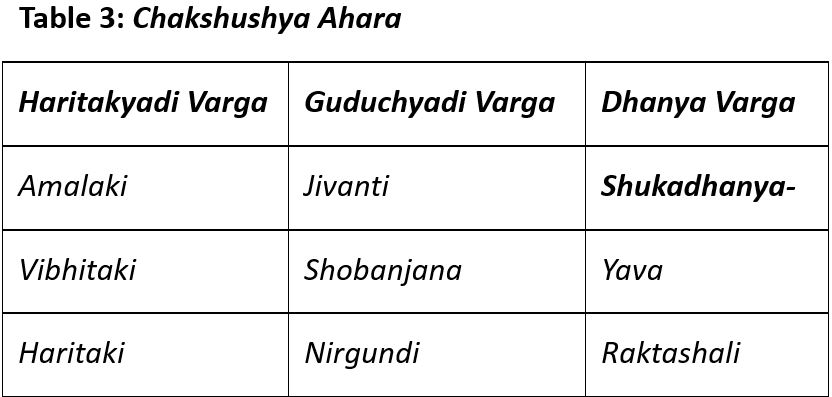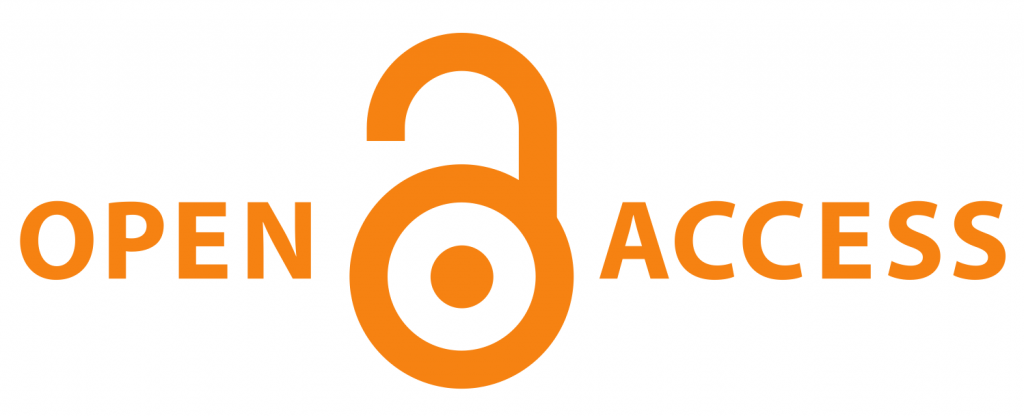The Role of Ayurveda in Avoidable Blindness
DOI:
https://doi.org/10.21760/jaims.10.9.21Keywords:
Blindness, Kriya Kalpa, Timira, Nayanabhighata, AdhimanthaAbstract
Blindness, as defined by the World Health Organization (WHO), and adopted by the National Programme for Control of Blindness (NPCB) in India, is a significant public health concern. Conditions such as Vitamin A deficiency in children, cataracts, glaucoma, diabetic retinopathy, age-related macular degeneration (ARMD) and various ocular injuries are major contributors. Despite the high prevalence, notably with India housing one-third of the world's blind population, up to 80% of blindness is preventable or treatable. Ayurveda, particularly through Shalakya Tantra, emphasizes the importance of eye care and offers a holistic approach to preventing blindness. This article reviews the role of Ayurvedic principles in managing key eye diseases, drawing from classical texts and contemporary medical literature. The study highlights the potential of Ayurvedic practices in preventing avoidable blindness, advocating for their integration into modern ophthalmic care to enhance both preventive and therapeutic outcomes.
Downloads
References
Navre KRS. Ashtanga Hridayam of Vaghbhata, with Arunadatta’s Sarvangasundara and Hemadri’s Ayurvedarasayana. Sutrasthana 16/29. Varanasi: Krishnadas Academy; 2000. Reprint edition.
Navre KRS. Ashtanga Hridayam of Vaghbhata, with Arunadatta’s Sarvangasundara and Hemadri’s Ayurvedarasayana. Uttarasthana 13/47. Varanasi: Krishnadas Academy; 2000. Reprint edition.
Navre KRS. Ashtanga Hridayam of Vaghbhata, with Arunadatta’s Sarvangasundara and Hemadri’s Ayurvedarasayana. Sutrasthana 8/44. Varanasi: Krishnadas Academy; 2000. Reprint edition.
Suresh Babu MS. Chakradatta (English translation). Chapter 59, Verse 104. Varanasi: Chaukhamba Krishnadas Academy; 2012. p. 602, 573.
Suresh Babu MS. Chakradatta (English translation). Chapter 59, Verses 97–98. Varanasi: Chaukhamba Krishnadas Academy; 2012. p. 602, 573.
Acharya NR. Sushruta Samhita with Sri Dalhanacharya Teeka. Uttartantra 18/3. Varanasi: Chaukhamba Orientalia; 2009. Reprint edition. p. 824, 641.
Sharma S, editor. Ashtanga Sangraha of Vriddhavagbhata with Shashilekha Sanskrit commentary by Indu. Sutrasthana 33/28. Varanasi: Chaukhamba Sanskrit Series Office; pp. 964, 712.
Acharya VJT. Sushruta Samhita of Sushruta with Nibandhasangraha commentary of Sri Dalhanacharya. Uttaratantra 19/3,5,7. Varanasi: Chaukhamba Orientalia; 2009. Reprint edition. p. 724, 640–641.
Prabhakara Rao G. Chakradatta (English translation). Chapter 59, Verses 155–156. Varanasi: Chaukhamba Orientalia; 2014. p. 825, 567–568.
Sen GD. Bhaishajyaratnavali, edited with Siddhiprada Hindi Commentary. Chapter 64. Varanasi: Chaukhamba Surbharati Prakashan; pp. 1196, 987–988.
Acharya VJT. Charaka Samhita of Agnivesha with Chakrapani Datta’s Ayurveda Deepika. Sutrasthana 8/9. Varanasi: Chaukambha Sanskrit Sansthan; 2001. Fifth edition.

Published
How to Cite
Issue
Section
License
Copyright (c) 2025 Hamsaveni V., Bindushree SB, Kasturi Aloni

This work is licensed under a Creative Commons Attribution 4.0 International License.














